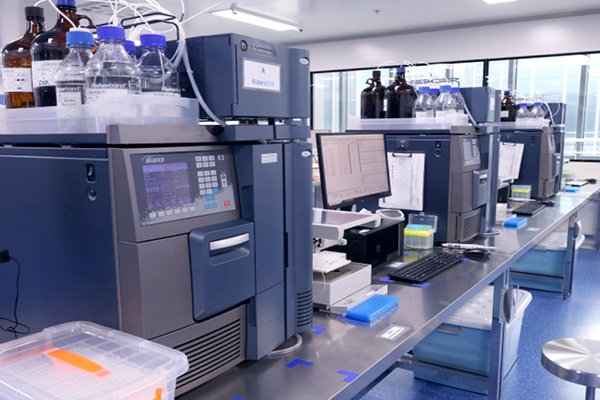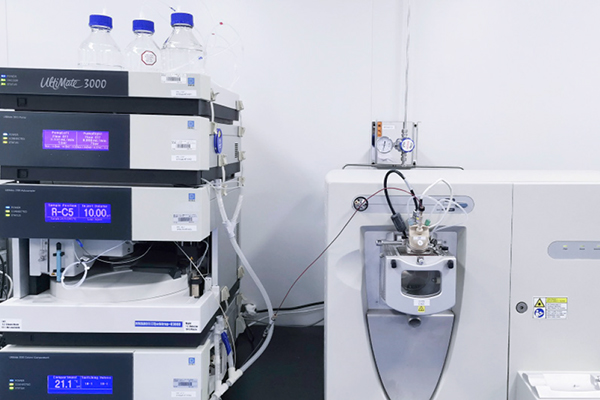
Did you know that over 90% of molecular biologists rely on Polymerase Chain Reaction (PCR) for their experiments? This powerful technique has revolutionized genetic research, enabling scientists to amplify specific DNA sequences with remarkable precision. At the heart of this process lies an often-overlooked hero: pcr primer design.
The Essentials of PCR Primer Design
PCR primer design is a critical step in ensuring successful amplification of target DNA sequences. Primers are short strands of nucleotides that initiate the replication process during PCR. Their attributes include specificity, melting temperature, and length—all crucial for achieving optimal results. As we delve into current design trends, it’s clear that advancements in computational tools and bioinformatics are shaping how primers are designed today, making them more efficient and reliable than ever before.
Exploring Gene Subcloning Services and Design Trends

gene subcloning services have become increasingly popular as researchers seek to manipulate genes for various applications. In terms of design trends, these services emphasize customization and high-throughput capabilities. By integrating advanced software algorithms into their workflows, providers can offer tailored solutions that meet specific experimental needs while maintaining accuracy in primer selection—a vital aspect when working with complex gene constructs.
Tsingke’s Unique Features in Design Trends
Tsingke stands out in the realm of PCR primer design due to several key characteristics:
- Advanced Bioinformatics Tools: Tsingke utilizes cutting-edge software to analyze sequence data efficiently.
- User-Friendly Interface: Their platform allows researchers to easily input parameters and receive optimized designs quickly.
- Diverse Library Access: Tsingke provides access to extensive databases for reference sequences which enhances specificity during primer selection.
- Crowdsourced Feedback Mechanism: Users can share experiences and outcomes which contribute valuable insights back into the system for continuous improvement.
- Sustainability Focus: They prioritize eco-friendly practices within their operations without compromising quality or efficiency.
A Concluding Thought on PCR Primer Design Trends
PCR primer design plays a pivotal role in modern genetic research by influencing both accuracy and efficiency across various applications. With emerging technologies reshaping our approach—especially through platforms like Tsingke—the future looks promising for those engaged in molecular biology. Understanding these trends not only equips us with better tools but also inspires innovative strategies as we continue exploring the vast landscape of genetics together!


